As the crisp winter air descends upon Europe, the scent of cinnamon, cloves, and mulled wine begins to waft through the town squares of Germany, signaling the arrival of the beloved Weihnachtsmarkt, or Christmas market. At the heart of this centuries-old tradition lies Glühwein, a spiced and heated red wine that warms the hands and souls of visitors braving the cold. More than just a beverage, it is an emblem of German holiday cheer, a communal experience shared over steaming mugs amidst twinkling lights and wooden stalls.
The origins of Glühwein are as rich and spiced as the drink itself, tracing back to the Romans who heated their wine to ward off the chill of winter. They would add spices, a practice that spread across their empire and eventually took root in the Germanic regions. By the Middle Ages, the consumption of heated, spiced wine was common throughout Europe, particularly during the cold months. The German Christmas markets, which began in the late Middle Ages, adopted this warming drink, and it quickly became a staple. The term "Glühwein" itself—translating to "glow wine"—evokes the warm, radiant feeling it imparts, a sensation that has illuminated frosty evenings for generations.
Creating an authentic Glühwein is an art that balances sweetness, spice, and the robust character of the wine. The foundation is a dry, full-bodied red wine, traditionally a German variety like Dornfelder or Spätburgunder (Pinot Noir), though any decent quality, fruity red wine will suffice. The key is to avoid expensive, tannic wines, as the heating process can accentuate bitterness. The wine is gently warmed—never boiled—to preserve its alcohol content and flavor integrity.
The soul of Glühwein lies in its spice blend. A classic combination includes cinnamon sticks, whole cloves, star anise, and sometimes cardamom pods or a pinch of nutmeg. These are often combined with citrus, typically oranges, which contribute both zest and slices for garnish. Sweetness is paramount, usually derived from raw sugar or honey, and some recipes incorporate a splash of orange juice or even a bit of rum for added depth. The ingredients are simmered together, allowing the flavors to meld into a harmonious, aromatic infusion.
To prepare a traditional batch, begin by combining the spices and citrus in a pot with a small amount of water or wine, bringing it to a brief simmer to release the essential oils. Then, add the remainder of the wine and the sweetener, heating it slowly until it is hot but not boiling—ideally around 70-80°C (158-176°F). Let it steep for at least 15 to 30 minutes to allow the flavors to fully develop. Straining out the solids before serving ensures a smooth drink. It is traditionally served in a handled mug, often adorned with festive designs, and garnished with an orange slice or a cinnamon stick.
While the classic recipe reigns supreme, regional variations abound across Germany. In the south, particularly in Bavaria, Glühwein might be made with a base of white wine, known as Weißglühwein, offering a lighter, fruitier alternative. In the east, some versions include a shot of brandy or amaretto for an extra kick. A non-alcoholic version, Kinderpunsch, is also popular, made with fruit juices and the same spices, ensuring everyone can partake in the warmth. Modern twists might feature additions like cranberries, apple cider, or even chocolate, reflecting contemporary tastes while honoring tradition.
Beyond its delightful taste, Glühwein is deeply woven into the social fabric of the German Christmas market. It is the centerpiece around which people gather, fostering conversation and camaraderie. The act of sharing a mug with friends or family, surrounded by the sights and sounds of the market—carolers, handcrafted ornaments, and the glow of lanterns—creates lasting memories. It is a ritual that transcends mere consumption, embodying the spirit of Gemütlichkeit, a German concept of coziness and good cheer.
For those unable to visit a German Christmas market, bringing the experience home is entirely possible. Hosting a Glühwein party can recreate the festive atmosphere. Simmer a pot on the stove, filling the home with its inviting aroma, and serve it alongside traditional German treats like Lebkuchen (gingerbread) or Stollen (fruit bread). Pairing it with savory items such as sausages or roasted nuts can round out the experience. Decorations with lights, evergreen boughs, and perhaps some German holiday music can enhance the ambiance, making it a cherished seasonal gathering.
Glühwein is more than a recipe; it is a vessel of history, culture, and warmth. It captures the essence of the German Christmas market—a blend of tradition, community, and joy. Whether enjoyed in a bustling square in Nuremberg or a quiet living room abroad, each sip is a testament to the enduring magic of the holiday season. So, as winter approaches, consider brewing a pot of Glühwein, and let its radiant spirit fill your heart and home.
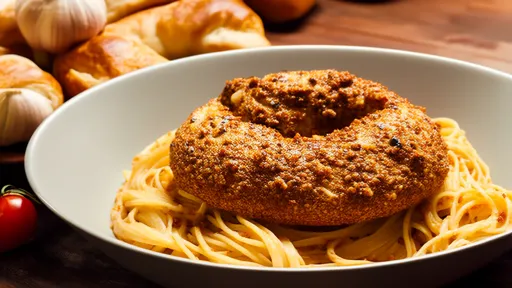
By /Aug 20, 2025

By /Aug 20, 2025

By /Aug 20, 2025

By /Aug 20, 2025

By /Aug 20, 2025

By /Aug 20, 2025
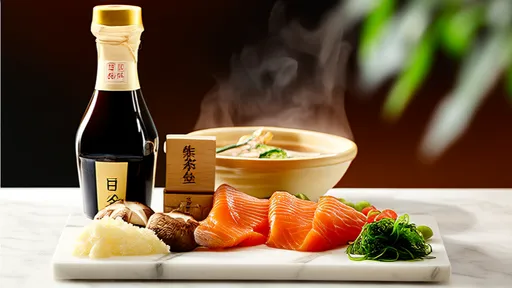
By /Aug 20, 2025

By /Aug 20, 2025

By /Aug 20, 2025

By /Aug 20, 2025

By /Aug 20, 2025
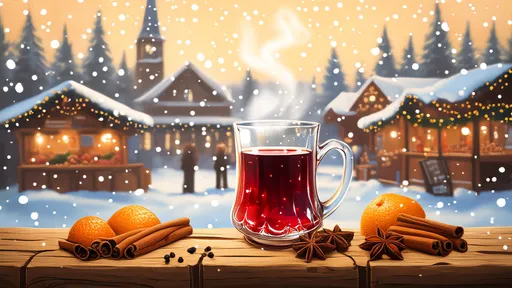
By /Aug 20, 2025
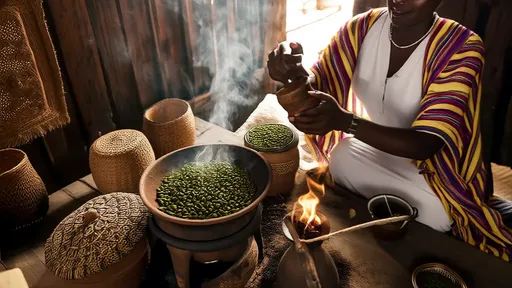
By /Aug 20, 2025
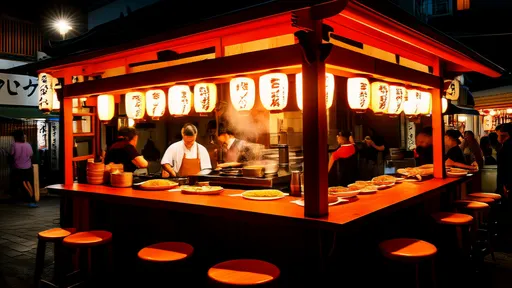
By /Aug 20, 2025
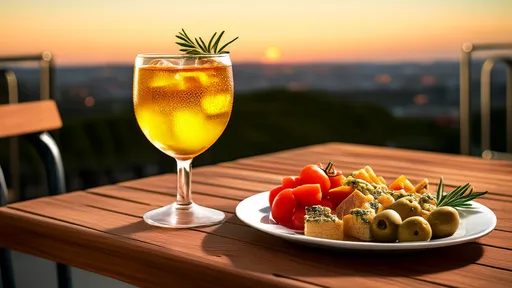
By /Aug 20, 2025

By /Aug 20, 2025

By /Aug 20, 2025

By /Aug 20, 2025
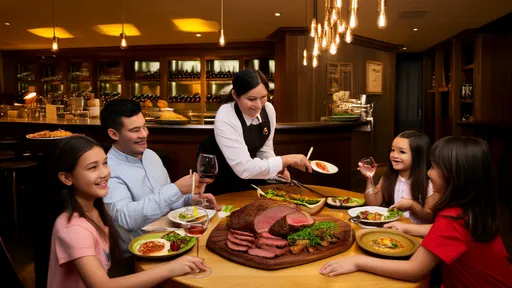
By /Aug 20, 2025

By /Aug 20, 2025